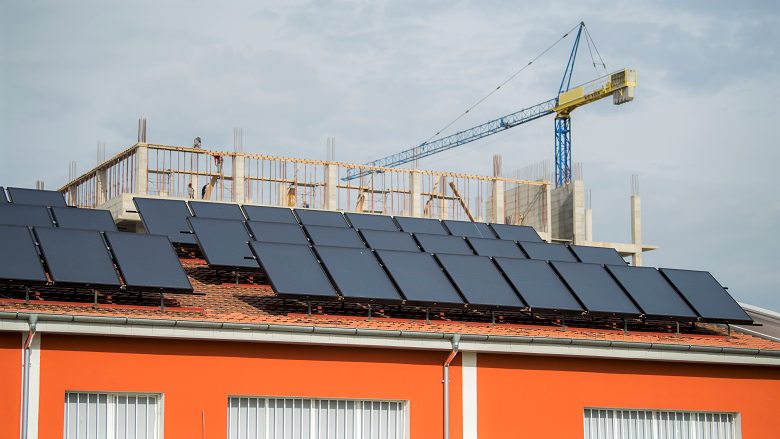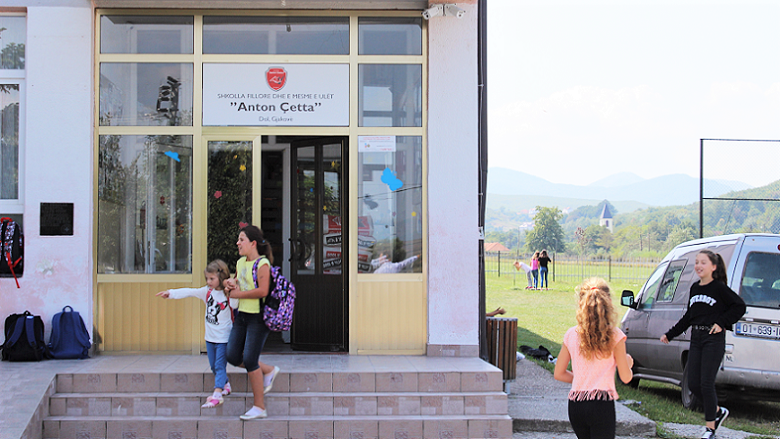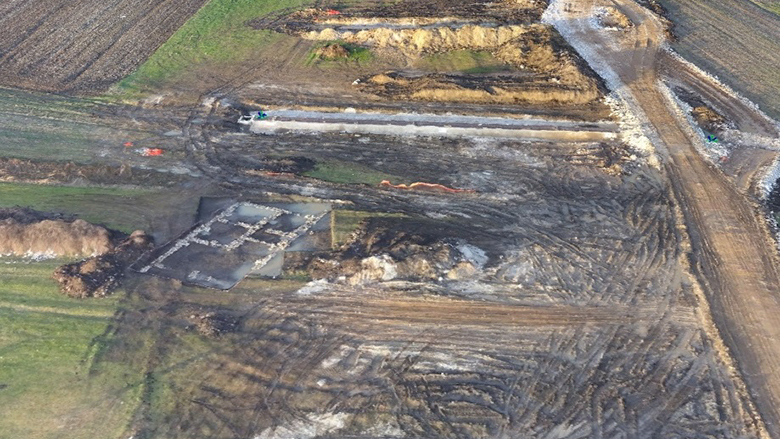COUNTRY CONTEXT
| Kosovo | 2024 |
| Population, million | 1.7 |
| GDP, current $ billion | 11.2 |
| GDP per capita, current $ | 6,642.6 |
| Life Expectancy at Birth, years | 79.5 |
Kosovo is a parliamentary republic. It declared independence on February 17, 2008, and is recognized as an independent country by more than 100 United Nations members. It joined the World Bank Group’s institutions in 2009, and became an official donor to the International Development Association (IDA) in 2025. Kosovo is also a potential candidate for EU membership and signed a Stabilization Association Agreement with the EU that has been in force since April 2016.
Kosovo has experienced steady economic progress since independence, with a nearly 50% increase in per-capita income and a 35% reduction in the poverty rate. It has successfully transitioned away from a growth model based on high dependence on foreign aid inflows, outperforming peer countries of similar per-capita income. This is thanks to a steady expansion in consumption and investment, with a strong impetus from diaspora inflows, public investment in infrastructure, and financial deepening, amid a stable fiscal stance and an environment of low inflation.
To continue to grow, Kosovo needs to unleash productivity gains and create more quality jobs. This will require addressing infrastructure bottlenecks, prioritizing human capital investment, and creating an environment more conducive to private sector development. Further actions are also needed to promote environmental sustainability, including the fulfillment of the EU’s environmental acquis.
Last Updated: May 05, 2025






